In 1905, a dry lake bed in Southern California called the “Salton Sink” was filled with water once more as the Colorado River surged and newly constructed irrigation canals funneled the entire volume of the river into this low-elevation desert land. The event was an unprecedented once-in-a-lifetime failure in irrigation planning, and the result was something spectacular. From 1905 to 1907, the relentless torrent of water from the Colorado River plunged into the Salton Sink and transformed this dried up prehistoric lakebed into something incredible. A lake. A lake so big and grand that it was dubbed the “Salton Sea.” Larger than Lake Tahoe by over one hundred square miles, the Sonoran Desert’s new oasis became one of the largest inland lakes in the world almost instantaneously. While this newly formed lake would have otherwise dried up, farm runoff water from nearby agricultural lands continued to flow into the Salton Sea. (1)
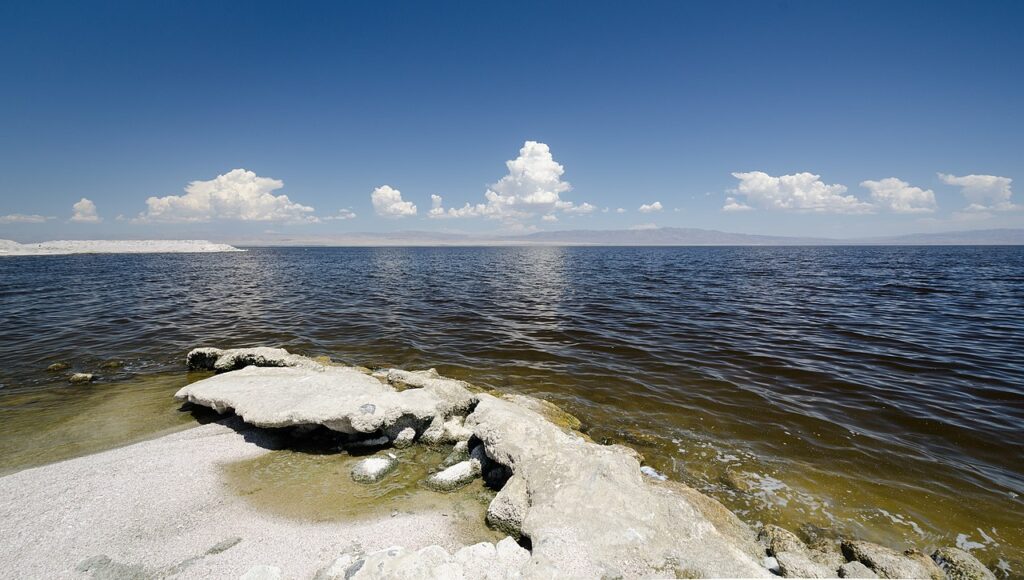
Badwater Basin in California’s infamous Death Valley is the lowest elevation point in North America at over 282 feet below sea level. Around 250 miles south of Badwater Basin (as the crow flies) is the Salton Sea. The Salton Sea, like Death Valley, sits at an extremely low elevation point. It is, in fact, only fiver feet higher than Badwater Basin. (2)
More Strange History: The Dog Who Became a Saint
Oasis in the Desert
The history of this accidental lake is a fascinating one. After the Colorado River formed the Salton Sea in 1907, the gigantic stretch of sparkling blue water began to look like less of a mistake and more of a blessing. In the 1920s, anticipating the potential value of the lake as a destination for water recreation, the Department of Wildlife began populating the Salton Sea with freshwater fish of all kinds. Many of these newly introduced fish did not take to the lake’s conditions. It took several attempts until, in the early 1950s, fish populations finally began to boom. Orange mouth corvina, tilapia, desert pupfish, sargo, and Gulf croaker filled the banks of the sea until their numbers reached into the hundreds of millions. The sea was, naturally, a huge draw for sport fishers. The heyday of the “Salton Riviera” had begun. (3)
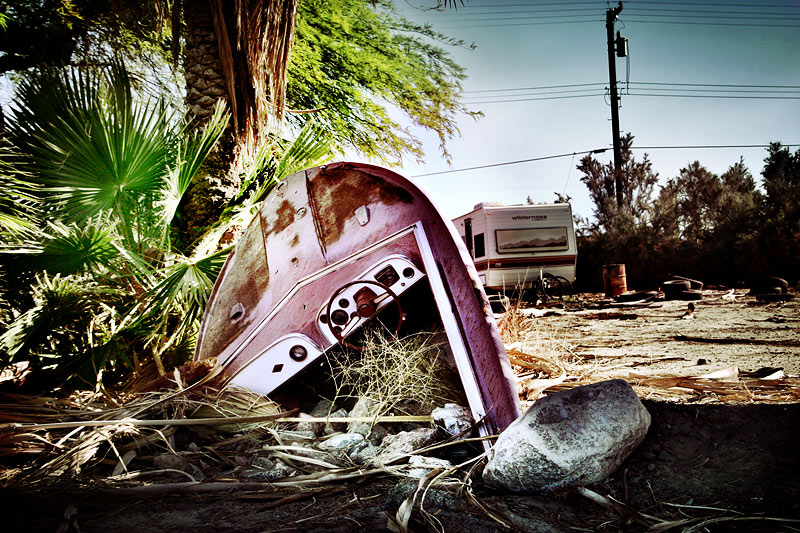
As more and more tourists and holiday-makers began to flock to the Salton Sea, word began to spread. Hotels, beaches, marinas, and yacht clubs soon followed. Bombay Beach, one of the lake’s beach boom towns, became a hub for tourism. At the height of its popularity, the Salton Sea hosted celebrities such as Sonny Bono, Bing Crosby, Frank Sinatra, and The Beach Boys. (4) It was often thought of as the new Palm Springs. At one point, the flow of tourism to the Salton Sea was greater than that of Yosemite National Park. The lake and its fish had become a major draw for birdwatchers as well as anglers because massive quantities of birds had begun to stop off at the lake during their annual migration along the Pacific Flyway. The Salton Sea was a glittering blue jewel within the desert. (5)
What Happened to the Salton Sea?
The glory days of the Salton Sea and its tourism industry were short-lived. The Salton Sea was never really built to last. The lake, as we have learned, was constructed by accident and was fed solely by agricultural runoff. Beginning in the 1960s, when the Salton Sea still attracted as many as one and a half million tourists each year, scientists warned that the lake was a disaster waiting to happen. The lake has no outlet; no drainage besides the hard desert soil beneath it. Furthermore, the agricultural runoff which fed the lake was composed of chemicals, fertilizers, nitrates, and waste materials. Combine that with the fact that ancient deposits of salt dissolved into the lake water and you’ve got yourself an ecological ticking time bomb. Without an outlet, all that the water of the Salton Sea can do is evaporate. Minerals like sodium and the other components of the fertilizers which drained into the lake do not evaporate. Thus, the once freshwater lake began to experience a sharp rise in salinity. (6)
More Mysterious History to Read: What is the Pedro Mountain Mummy?
The Salt-In Sea
In the 1970s, a series of tropical storms decimated the communities surrounding the Salton Sea. Resorts and hotels were destroyed and tourism experienced a major setback from which the Salton Sea never really recovered. The destruction of these tourist areas came on the heels of the realization that the lake’s chemical makeup was growing unsustainable. (7)
In 2022, the salinity level of the Salton Sea is nearly ten grams per liter more than the Pacific Ocean. The lake which once saw hundreds of millions of introduced fish reproducing and thriving now reportedly reeks of fish carcasses. Bombay Beach and many other beaches along the banks of the lake are littered with the bodies of birds and fish who have died due to the lake’s increasingly inhospitable conditions. Bombay Beach, which was once one of the most promising new tourist towns on the West Coast, now boasts a population of less than five hundred residents. The town is utterly abandoned. Old tourism attractions and facilities lie in various states of disrepair throughout a town which has no grocery stores, no gas stations, and a lake which has become too toxic for swimming. (8)
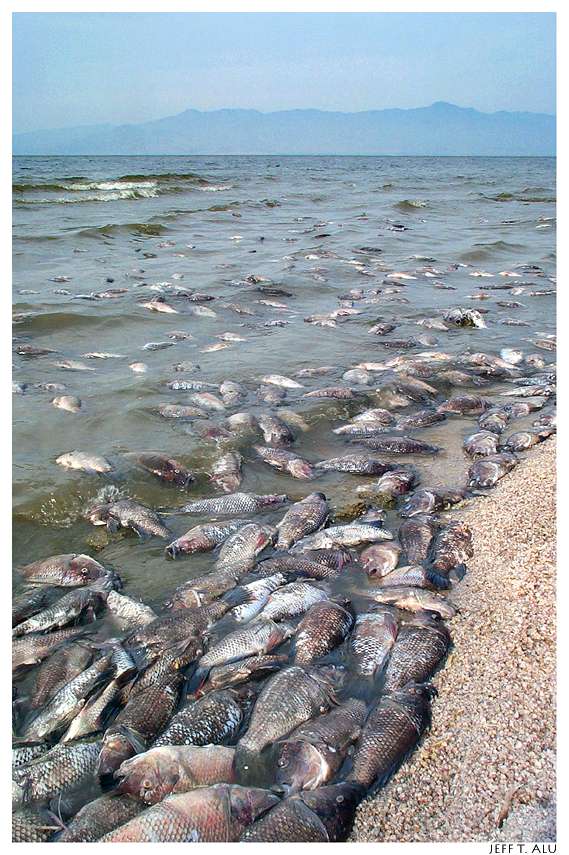
Furthermore, the lake is still actively shrinking. With California’s ongoing drought and the lack of any significant inlets or outlets for the lake, the banks continue to shrink. When they do, miles of lakebed are exposed. This is a major issue for the surrounding areas. Exposed lakebed dries quickly in the punishing sunlight of the Sonoran Desert. Then, desert winds whip up the dust from these lakebeds causing major air pollution. Dust from the Salton Sea contains pesticides and other harmful chemicals which have drained into the lake and settled. The county in which the lake is located has the state of California’s highest levels of asthma hospitalizations. (9)
The Future of a Dying Landmark
In 2015, a task force was formed by the state of California with the goal of managing and, where possible, correcting the issues facing the Salton Sea and the battered communities which surround it. The task force aims to construct 30,000 acres of habitat over the course of ten years in order to restore and protect the lake. Whether these measures will be enough to preserve the remains of the lake and its surrounding communities remains to be seen. What is obvious, though, is that this land was never meant to be what the 1950s tourism industry envisioned. (10)
Born from an irrigation failure, nurtured by waste chemicals, and pounded by the unrelenting heat of the California sun, it is no wonder that the once-inviting waters of the Salton Sea have become brackish and rancid. To a modern visitor, the only clues that this toxic pool was once the weekend playground of Hollywood elites are the broken and discarded remains of the resorts and marinas which once proudly welcomed them.
Check Out More Bizarre History: An American Mummy: The John Wilkes Booth Conspiracy
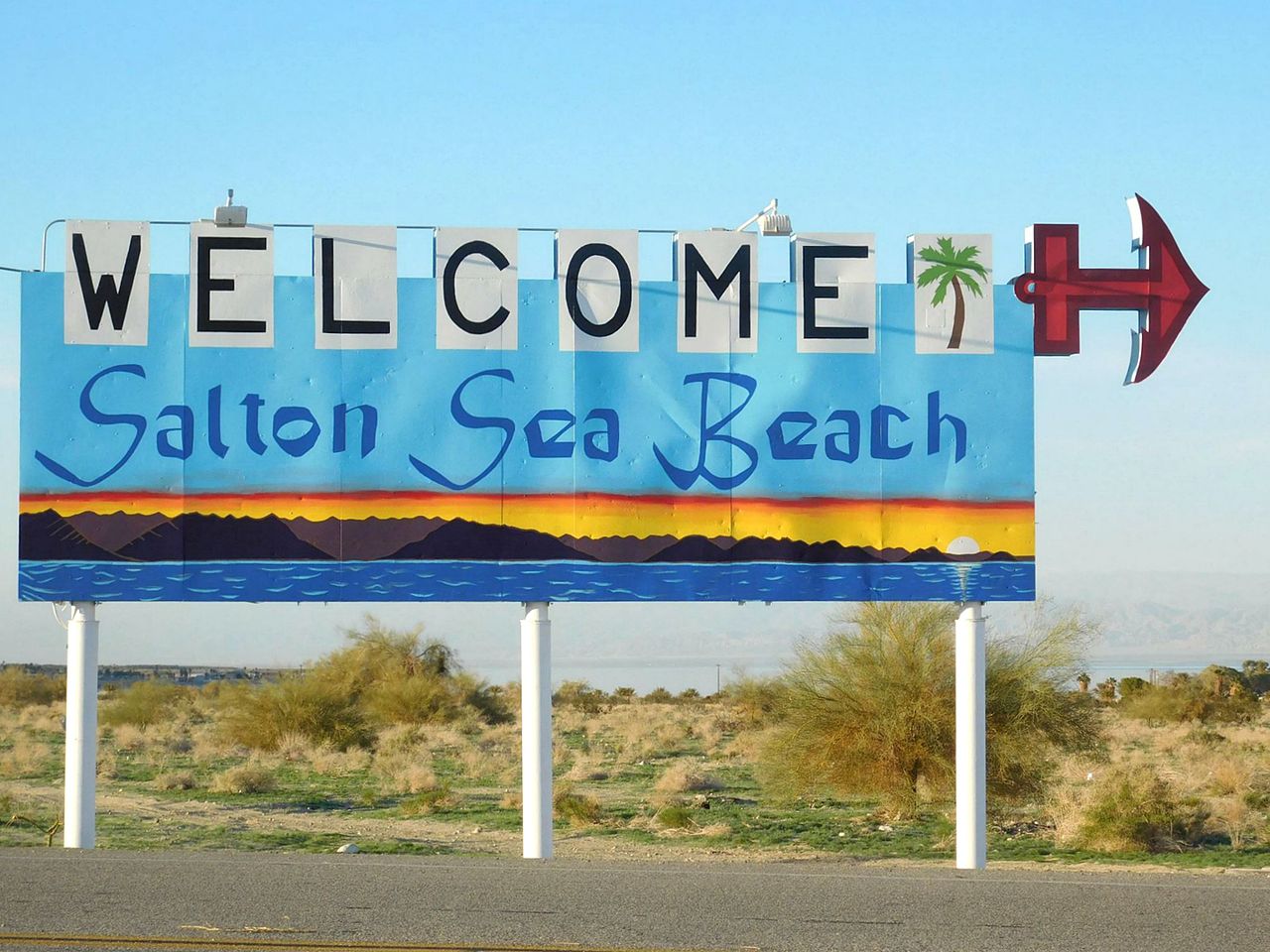
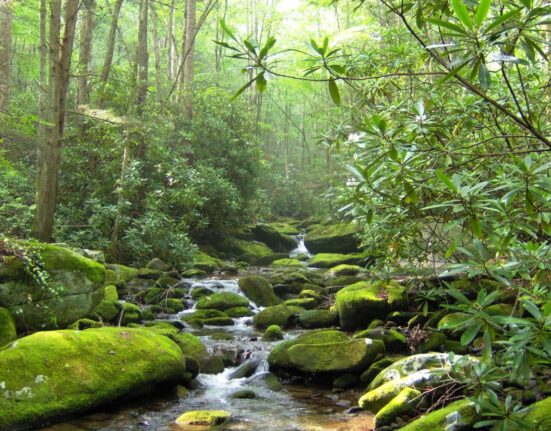
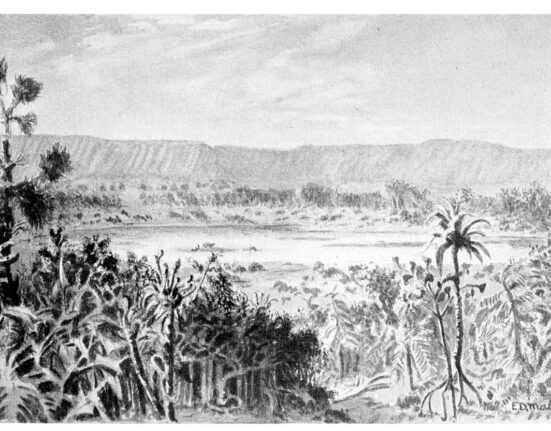




2 Comments